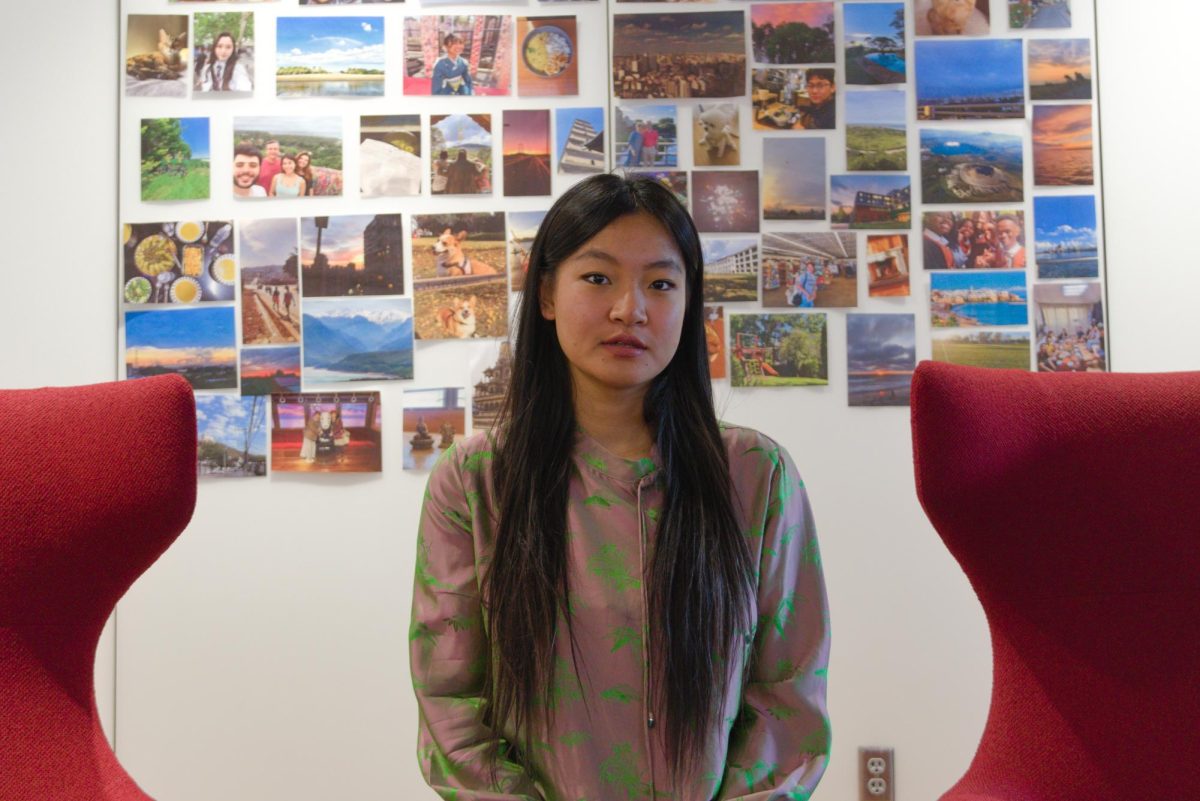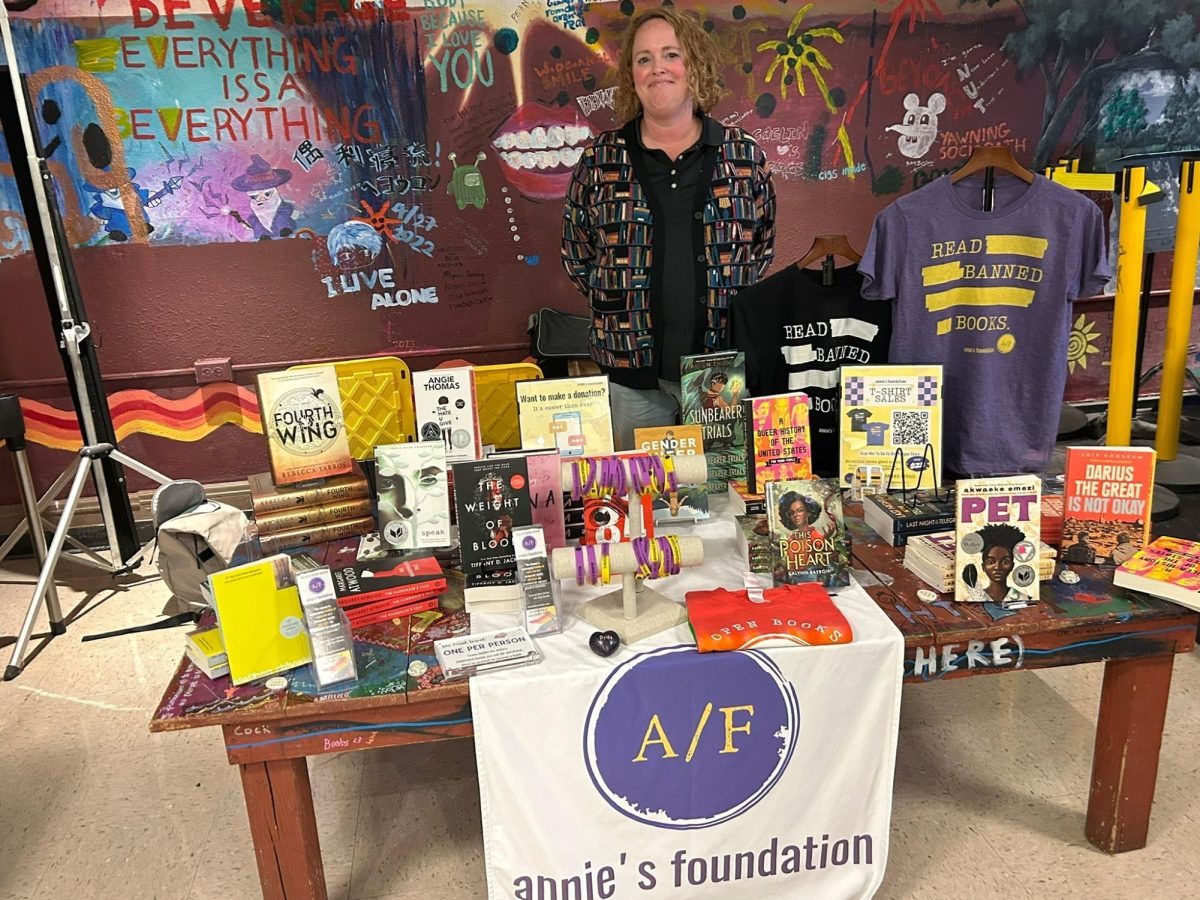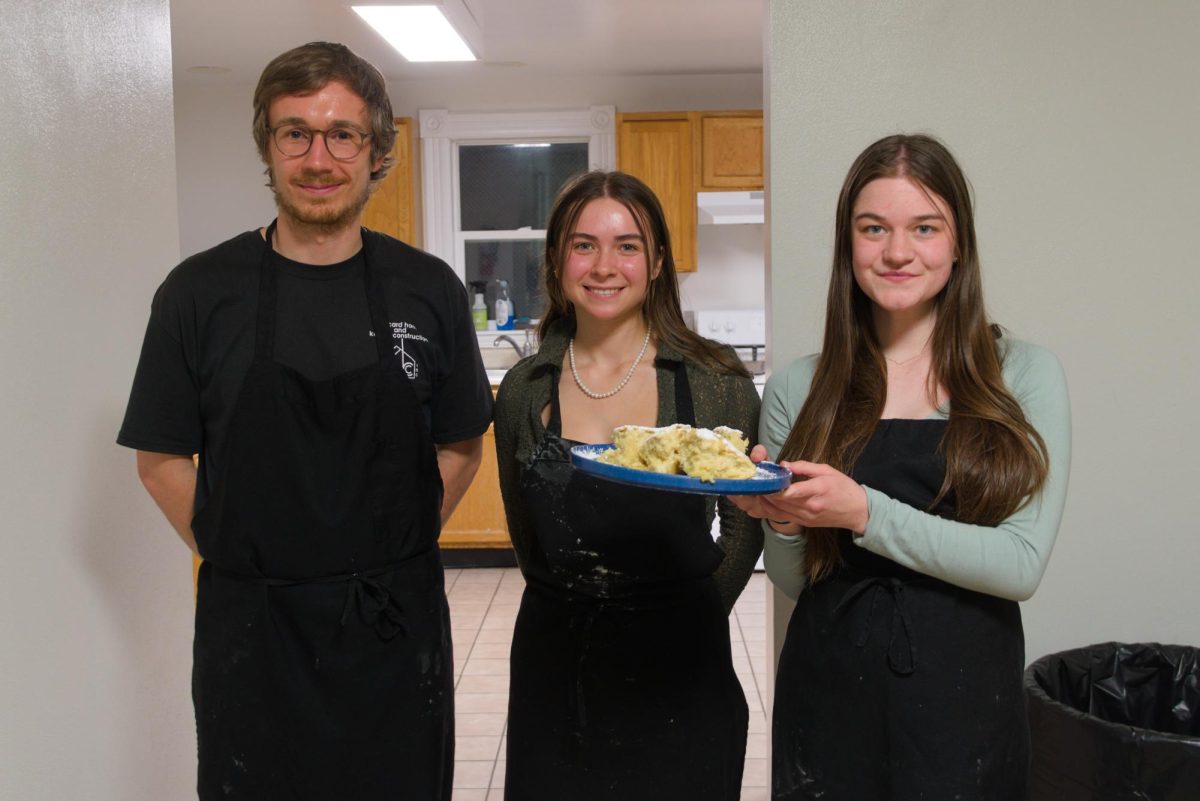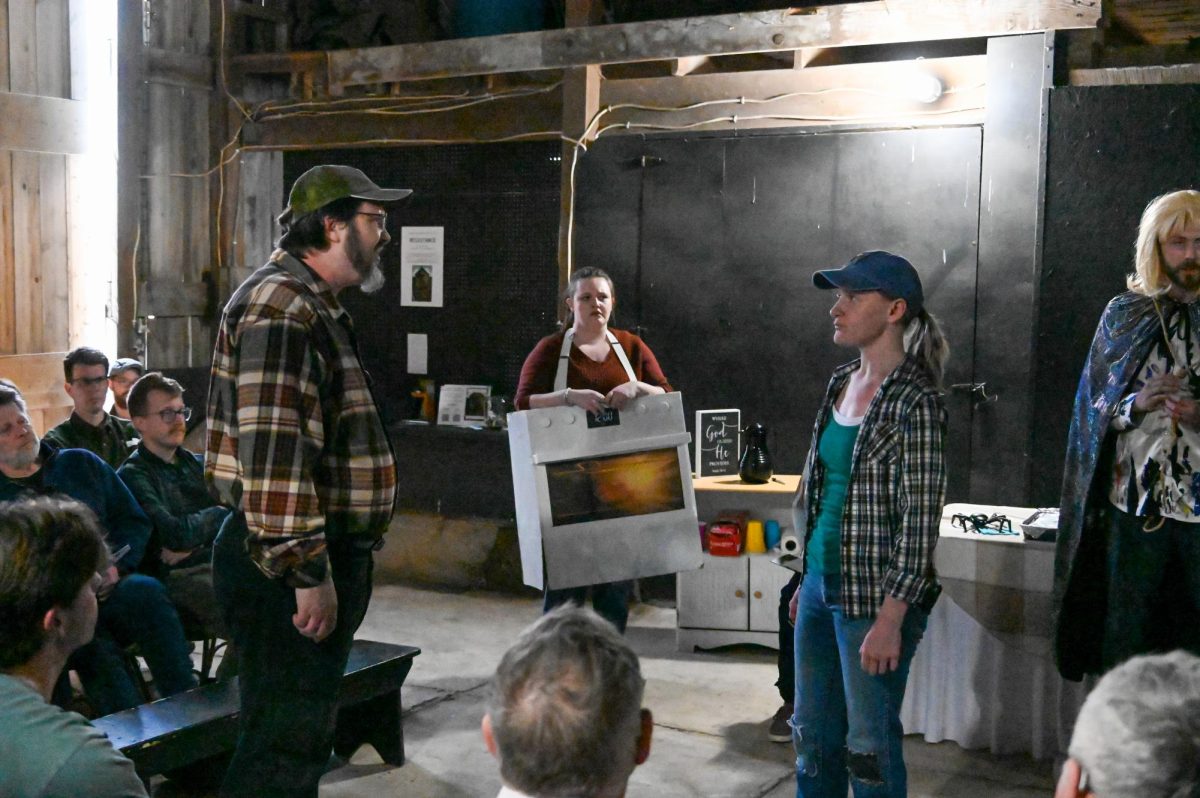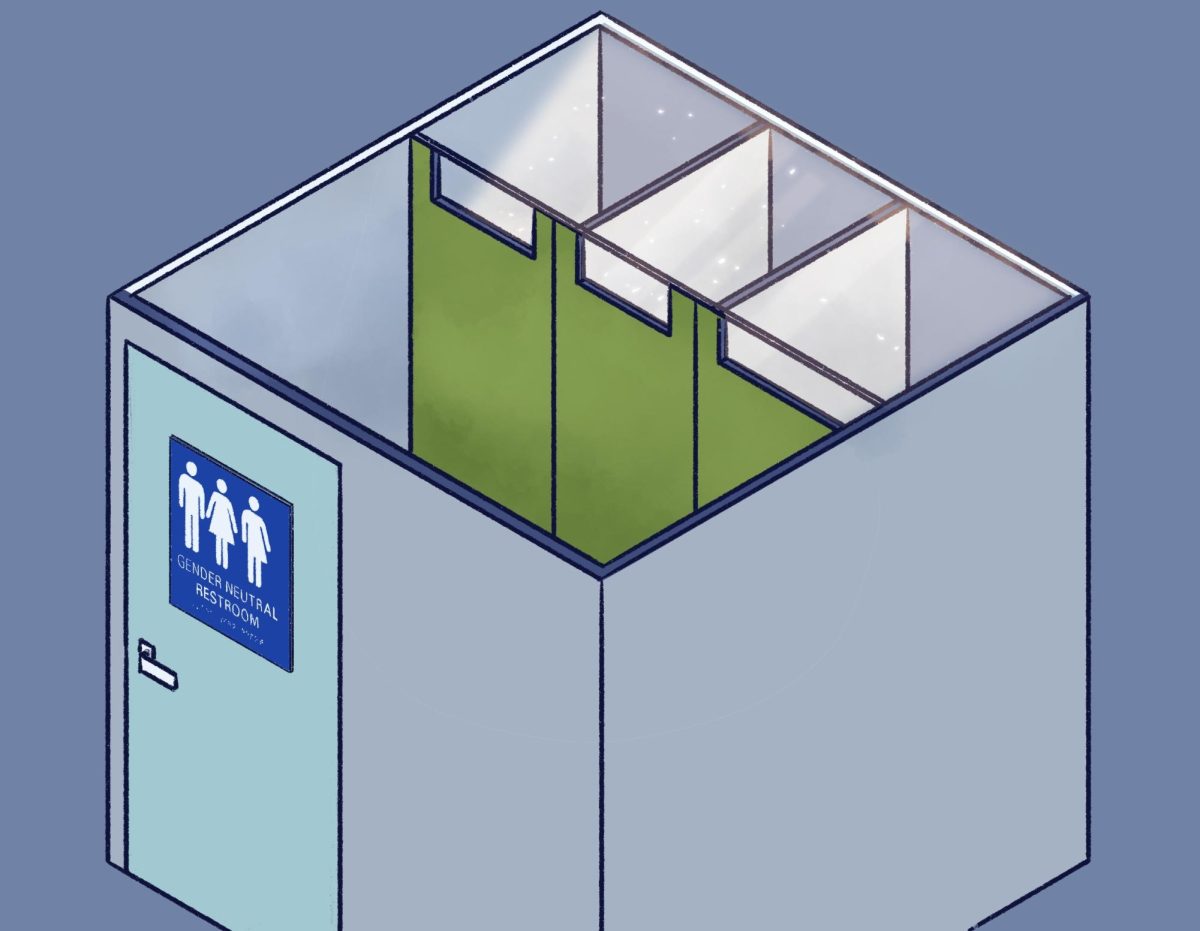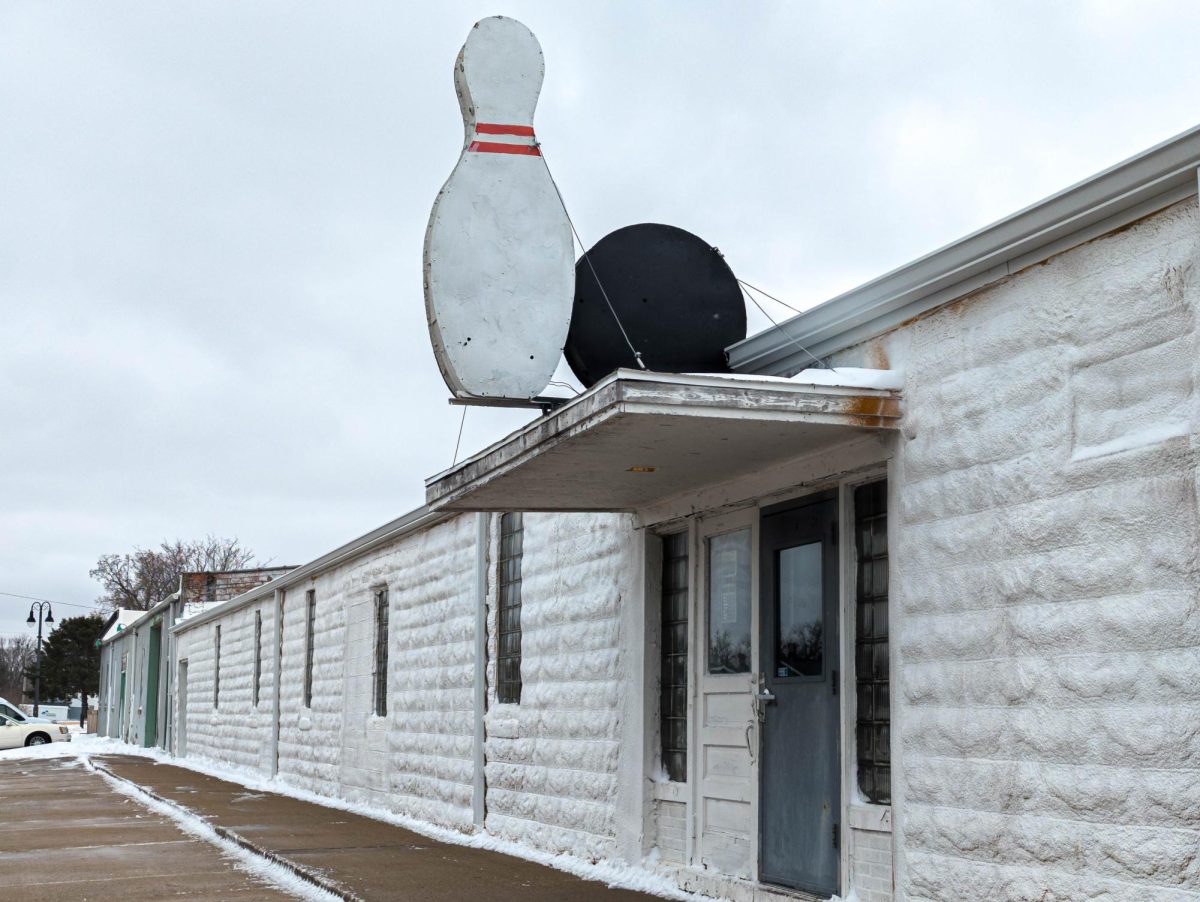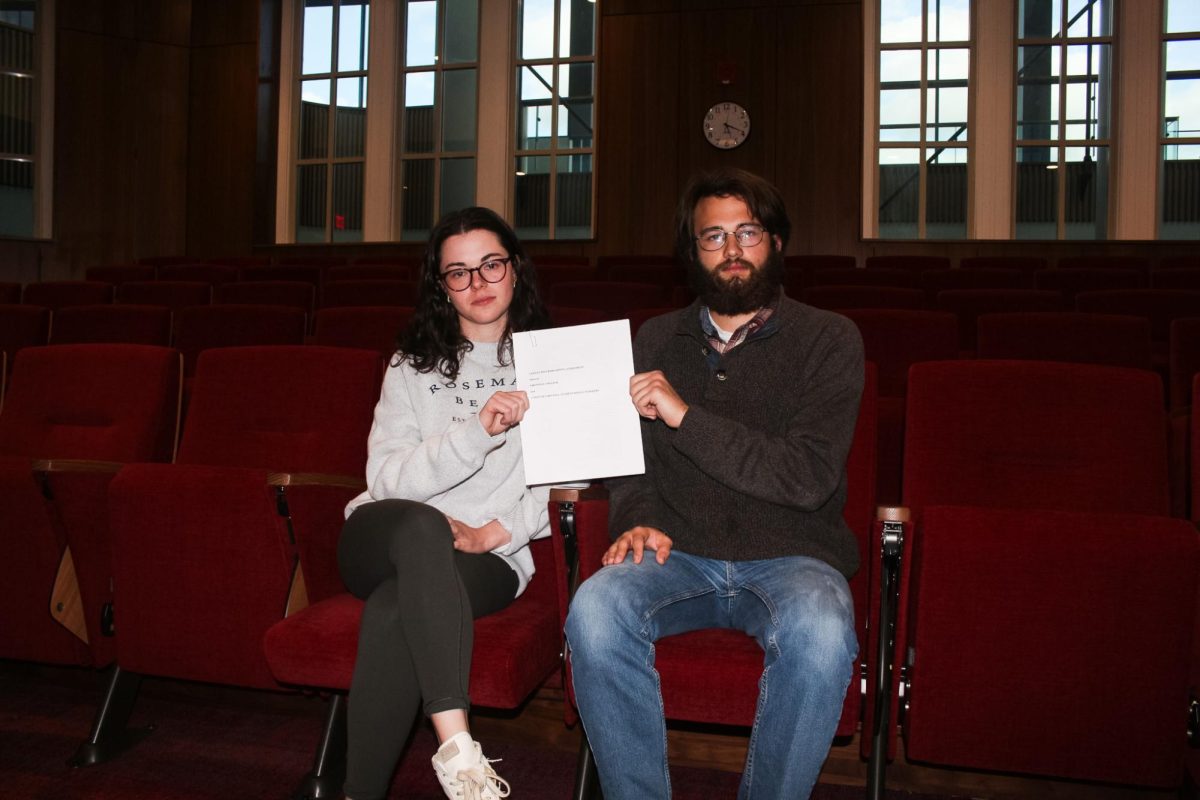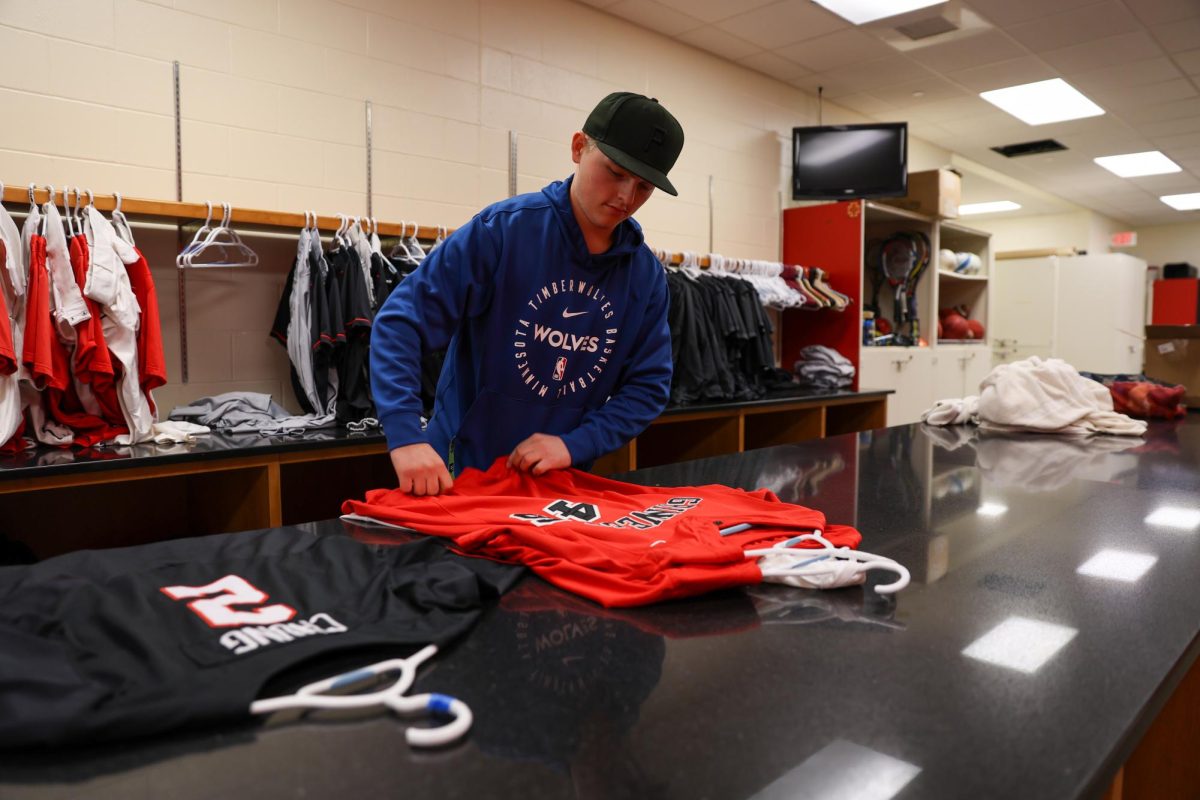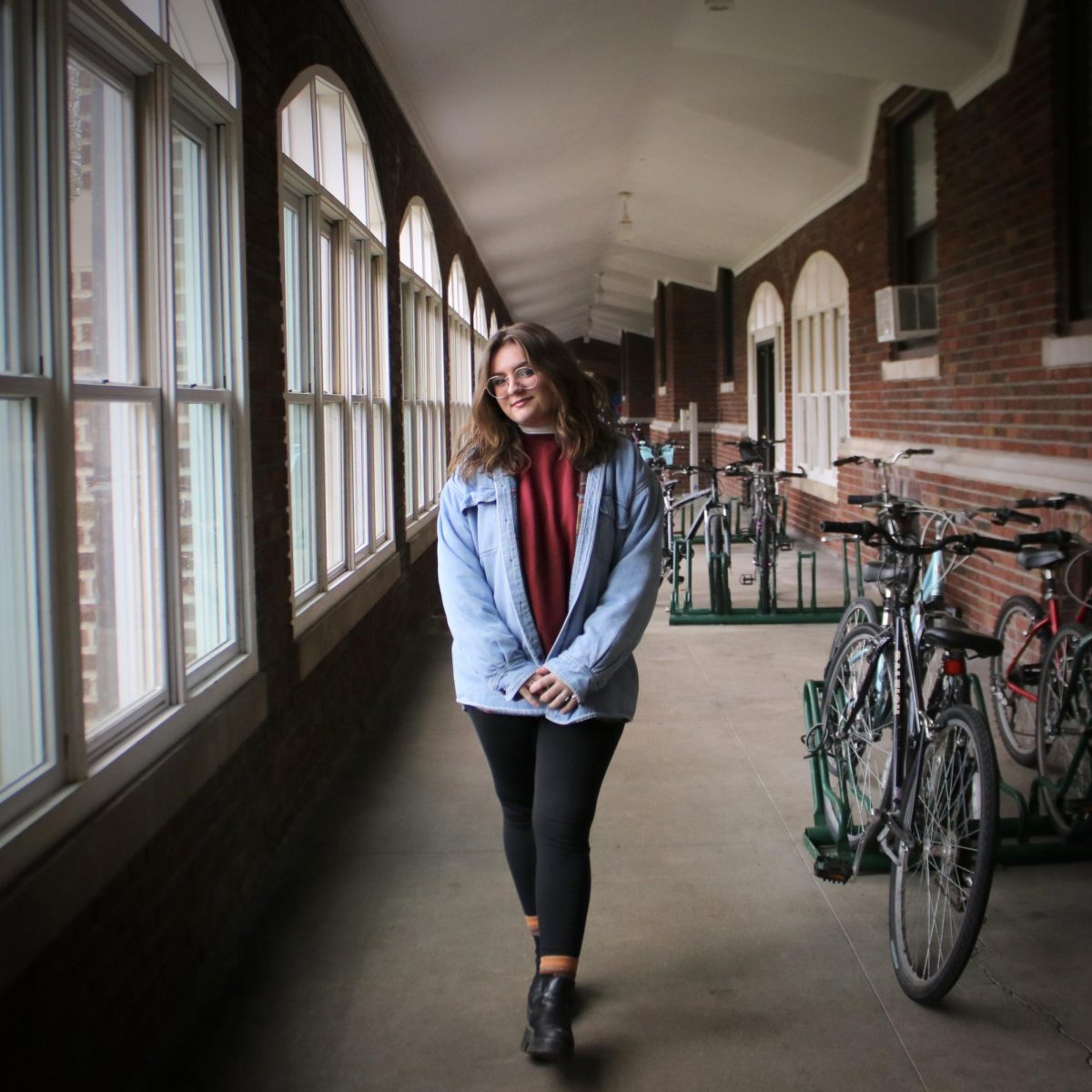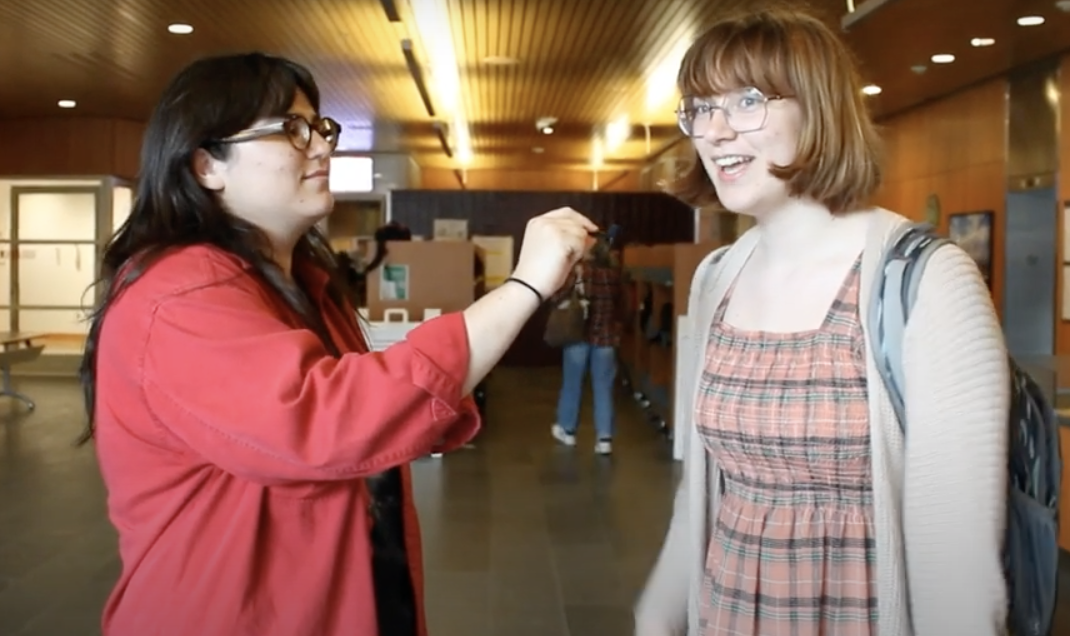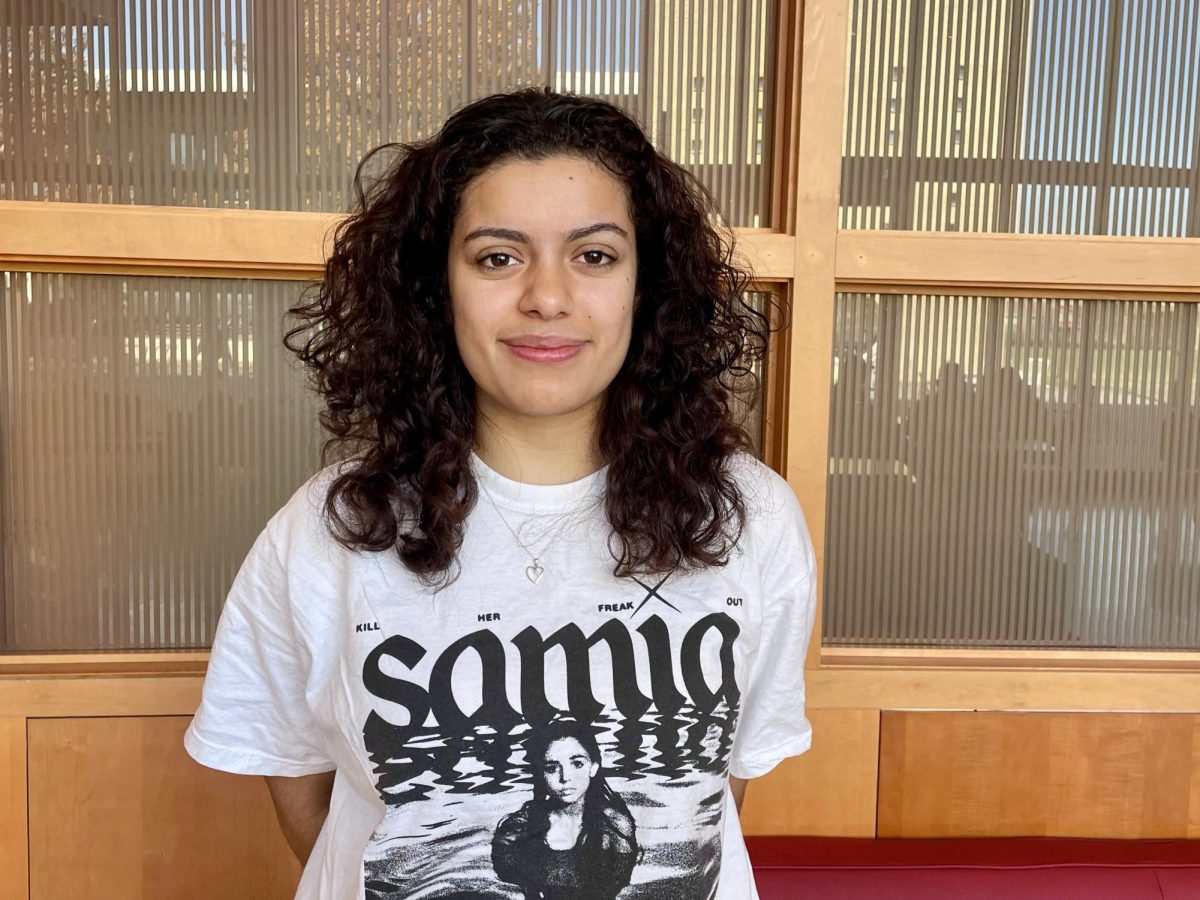Grinnell College, nestled in the heart of the Midwest, attracts students from 60 different countries and nearly every state; for some students from especially disparate climates, adapting to the subzero winters of Iowa can be a challenging, prolonged ordeal alongside academics. In this edition Student Speaks, three students — Ariel Dyche, Natalia Ramirez and Allie Gibson — share their experiences and insights on navigating the icy landscapes of Grinnell.
A Tale of Two Climates: From Jamaica to Iowa
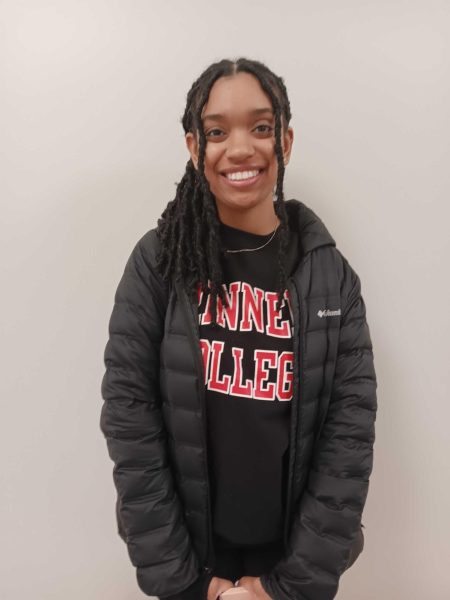
Ariel Dyche `24 hails from Jamaica, which has a tropical climate that contrasts the typical Grinnell winter. In her first encounter with Grinnell’s winter, Dyche recalls the shock of the freezing, subzero temperatures. “In Jamaica, we don’t really have seasons — it’s either hot or less hot,” Dyche said. “I never used a weather app before I came here because I never had to — it was just always the same.”
Despite the initial challenges, Dyche has learned to adapt over the years, fine-tuning her wardrobe choices based on the temperature.
“It’s been a learning experience of just seeing what different temperatures feel, adjusting how I dress accordingly and learning how to layer properly,” Dyche said. “First year was not like a good time to do that because even though I was on campus, I had classes online and I lived in Younker, so I really only ever left my room to come to the JRC to pick up meals.”
From Tropical Climates to Snowy Plains

Natalia Ramirez `24 came to Grinnell from Queretaro, Mexico, just in time to experience subzero temperatures for the first time. Reflecting on what she considered when applying to colleges, Ramirez notes that the windy Iowa winter was an unforeseen challenge.
“We had never experienced something that was below five degrees Celsius, and Grinnell just goes to like minus 10, so it was insane for me,” Ramirez said. “I layered below my ski pants — which had layers already — and I was wearing three layers of top clothes and one big coat.”
Ramirez also noted the practicalities of adapting to the winter, from investing in ski clothes to dealing with the logistical struggles of transporting winter gear between semesters. Despite the initial struggles, Ramirez has found joy in the snowy landscapes, even though she admits to disliking the aesthetics of prolonged snowfall.
“I feel like the first two days that you look at it, it’s very pretty and you have great sides to it, and then it starts getting dirty and then starts melting and I don’t like a lot of that,” Ramirez said.
Snow Days in Scottsdale

Allie Gibson `24 calls Scottsdale, Ariz. home, which brings a heated perspective to the Iowa winter woes. Having grown up in Northern California, Gibson had some exposure to snow during childhood trips. Despite that experience, Gibson reflects on her initial reluctance to wear a winter coat, emphasizing the importance of finding a balance between warmth and style.
“I didn’t want to wear a winter coat because I wasn’t used to that. I hadn’t worn a coat like that since I was a little kid and I feel a little bit overdressed and claustrophobic,” Gibson said. “I was like Mom, ‘I don’t want an ugly winter coat,’ which is so dumb and not important at all.”
Her transition from the Arizona desert to the snowy plains of Grinnell has been marked by a pragmatic approach to dressing for the weather, as she acknowledges the truth in a Norwegian saying she heard, “there’s no bad weather, only bad clothes.”
“I’m kind of trying to think about where I want to go post-grad to where I can reuse those clothes at some point, so it wasn’t kind of a pointless purchase,” Gibson said. “It’s weird because now when I buy clothes, I have to think about the weather in Iowa, but then also ‘can I wear this when I go home?’ It’s just kind of difficult.”


